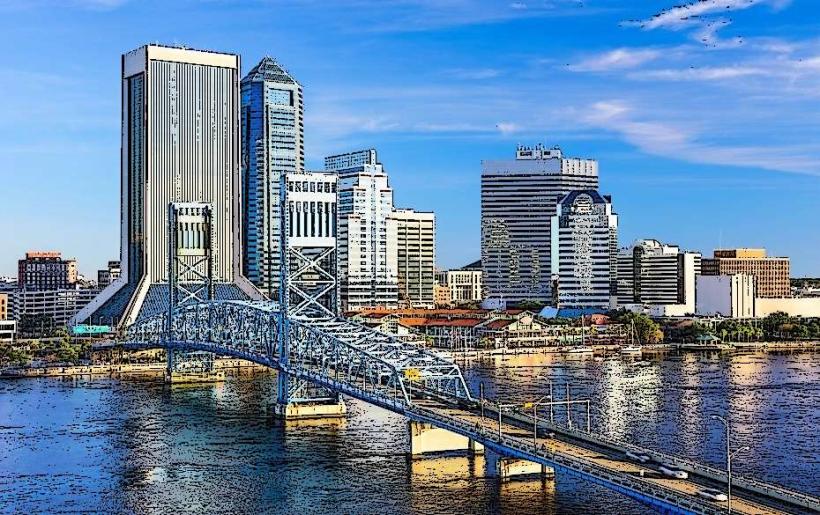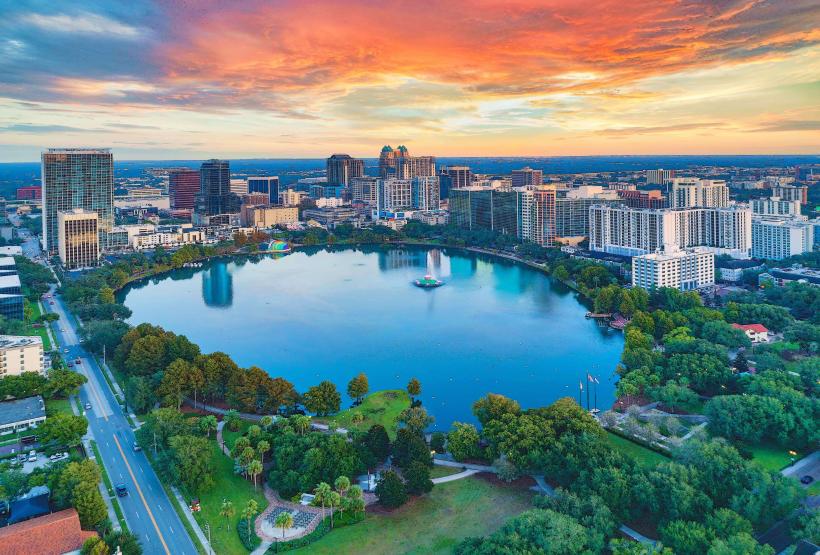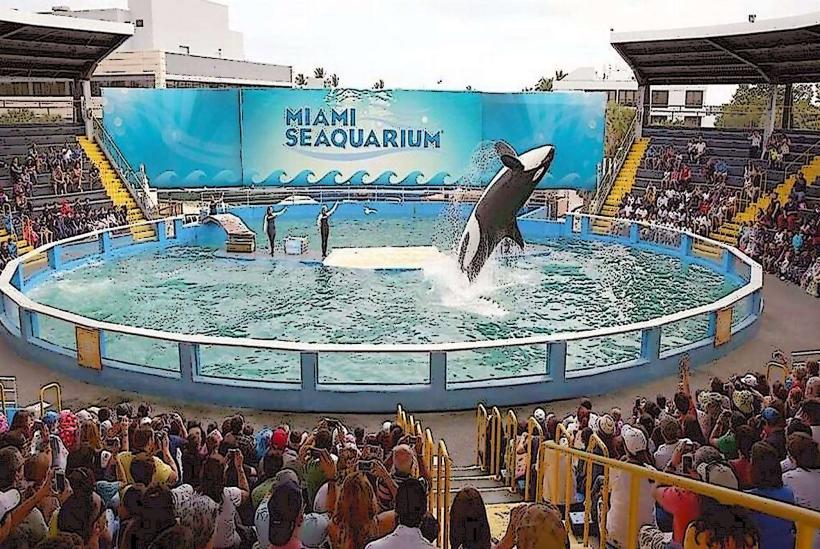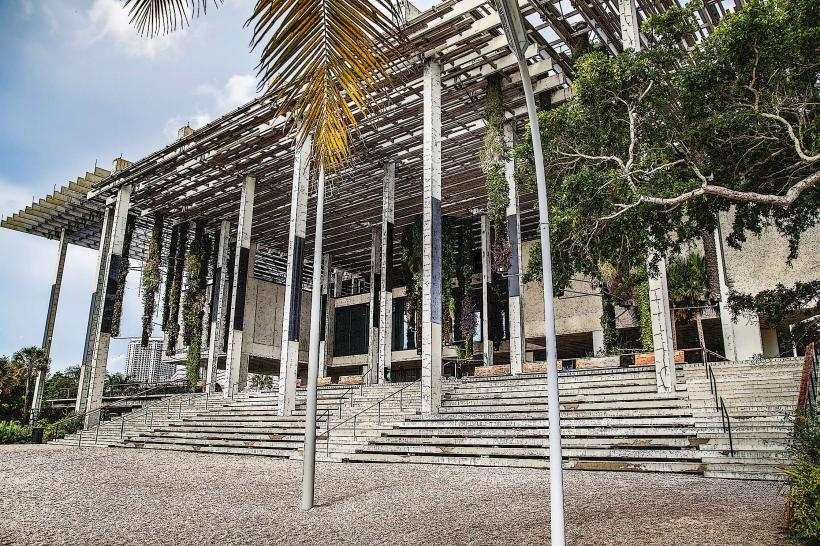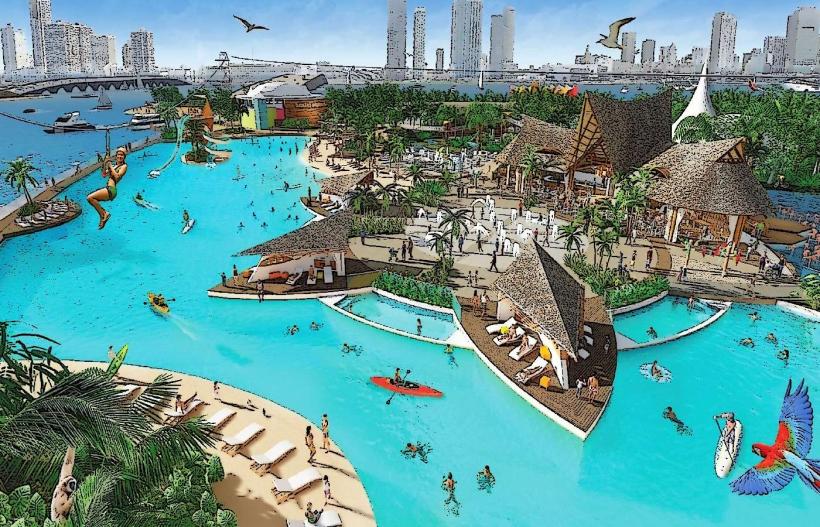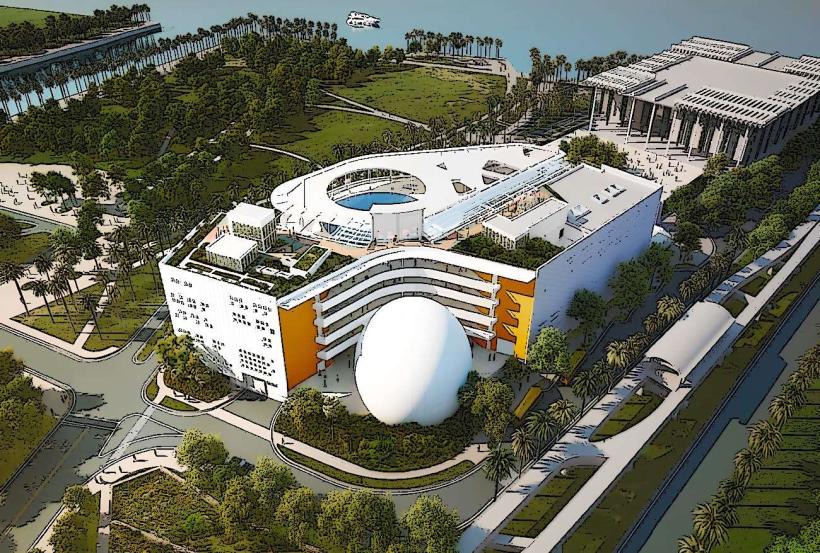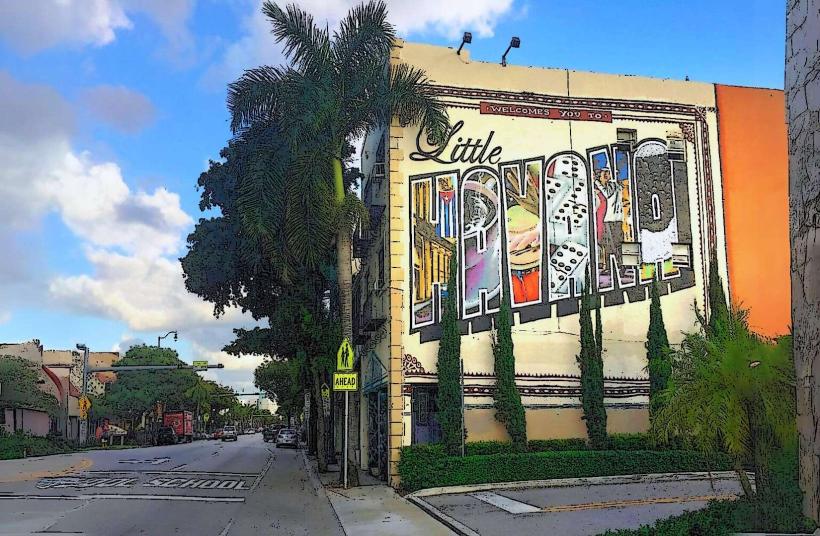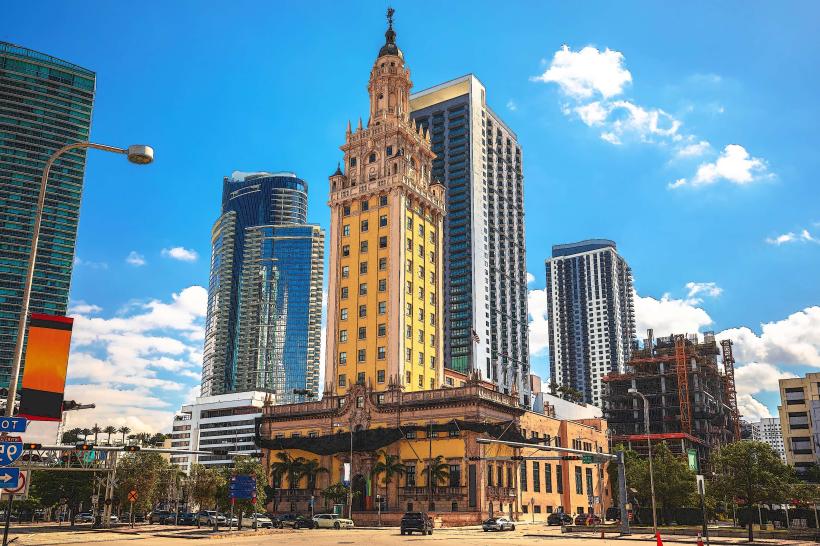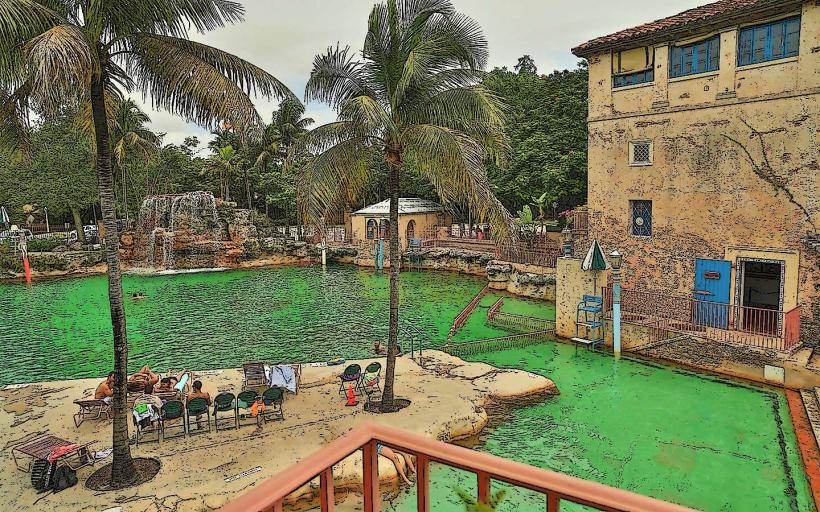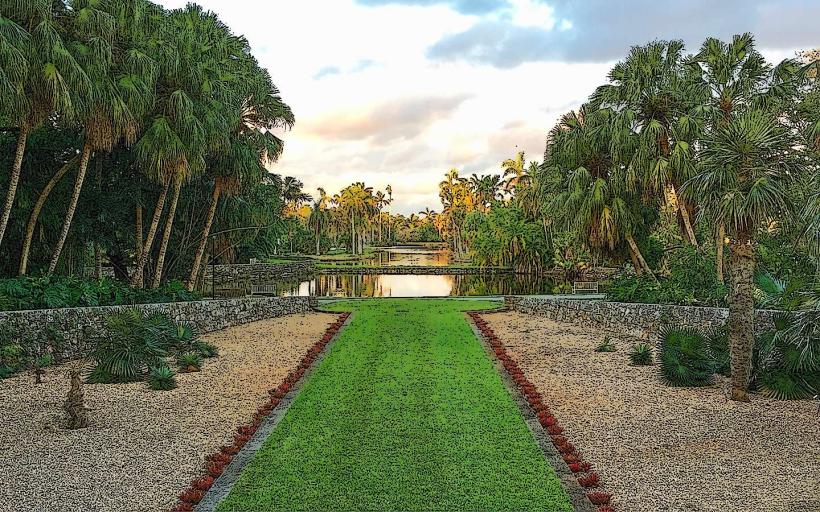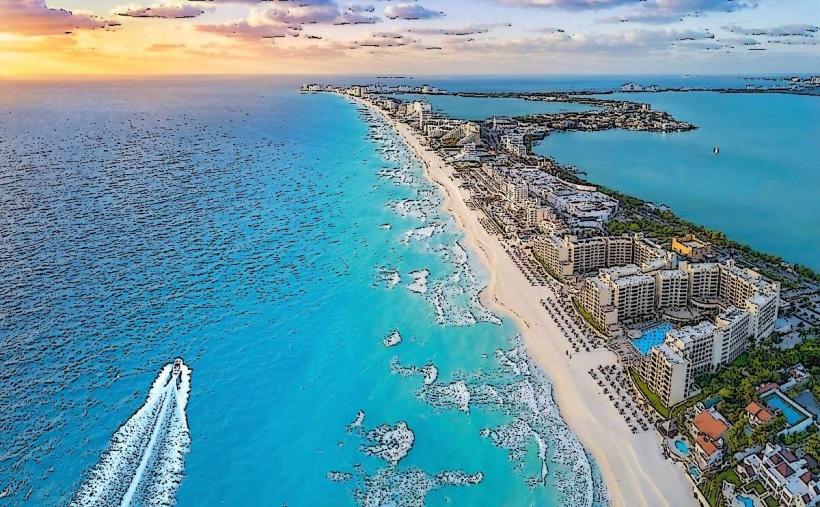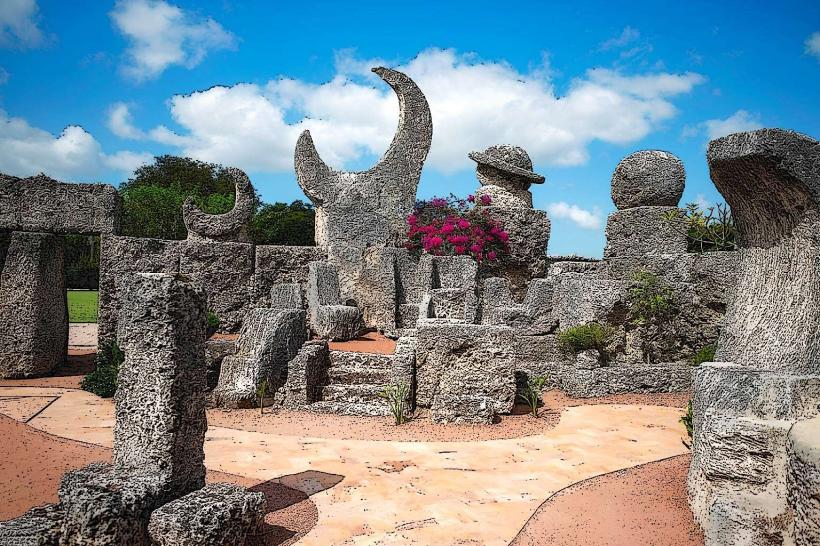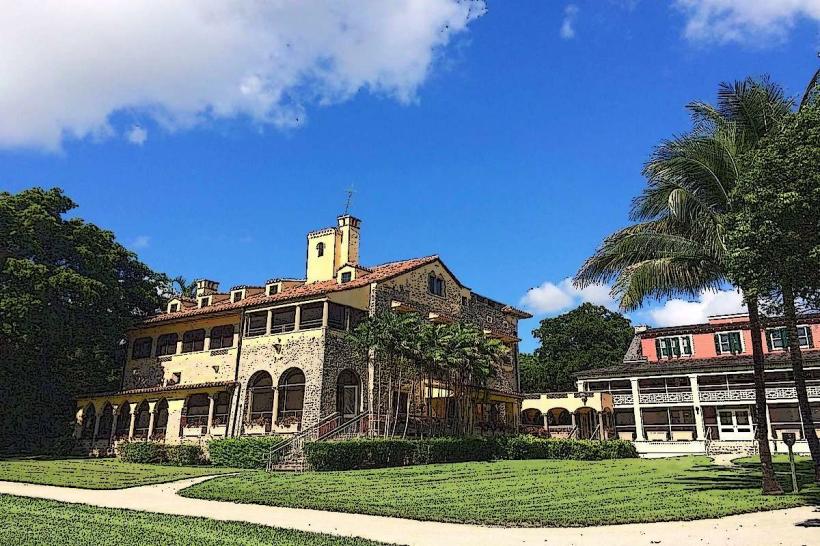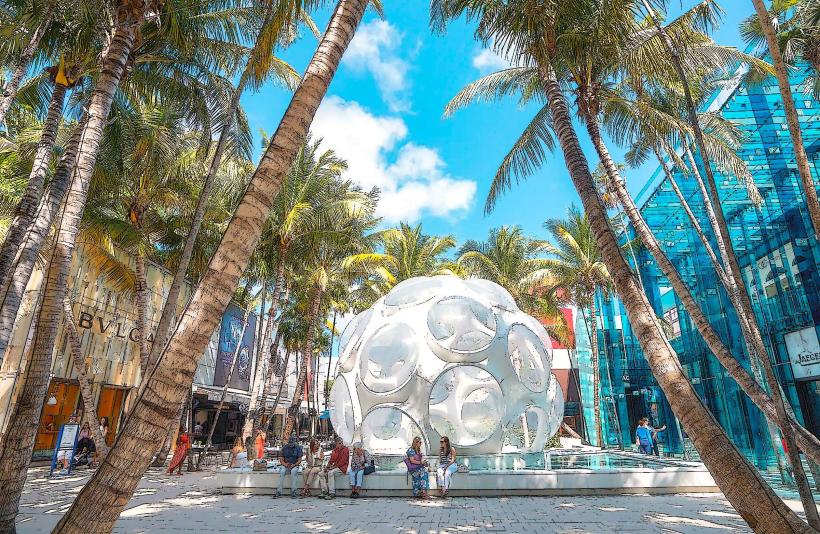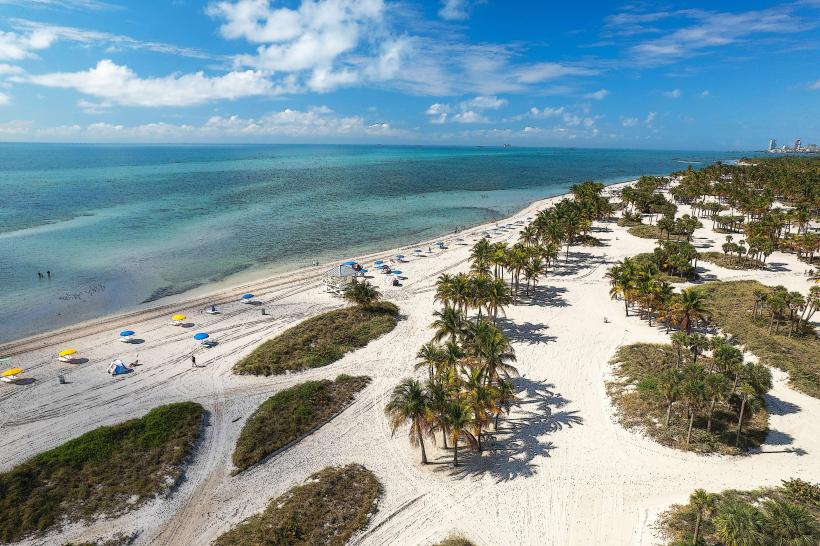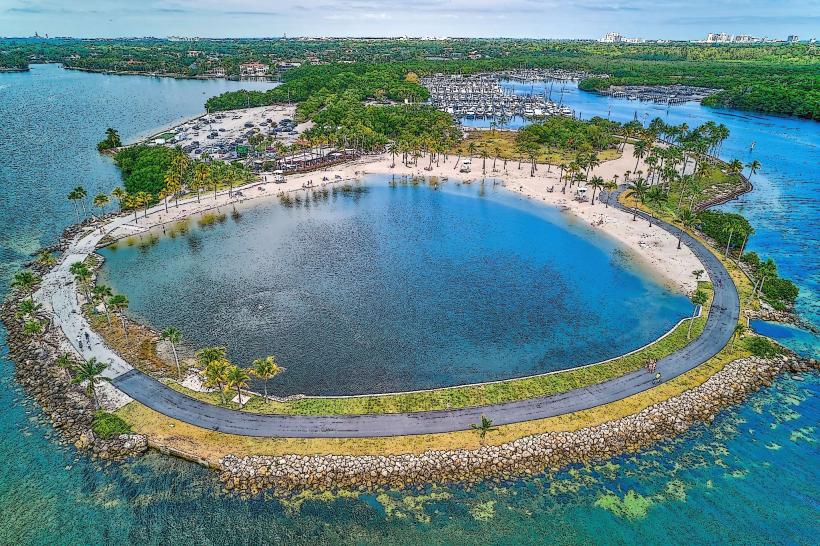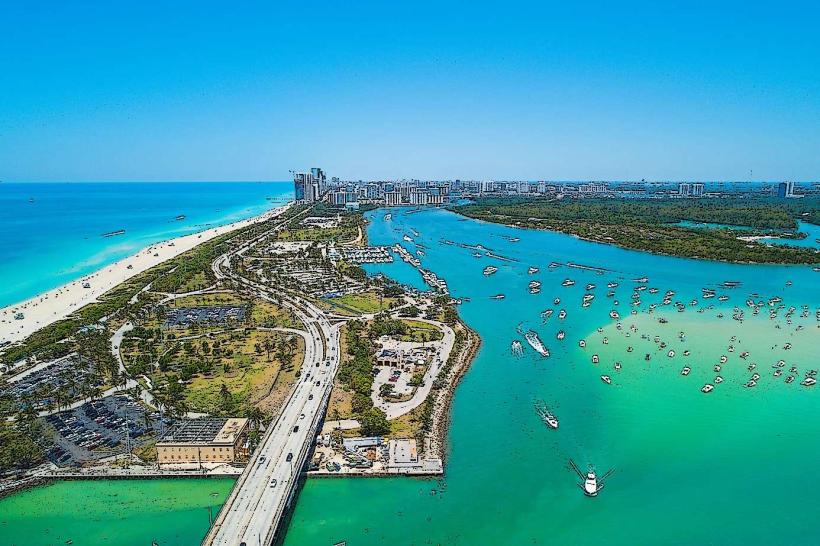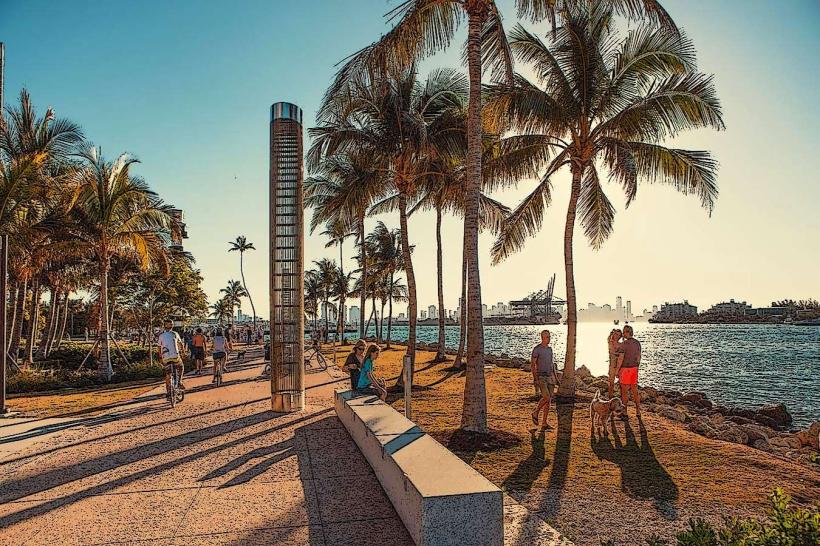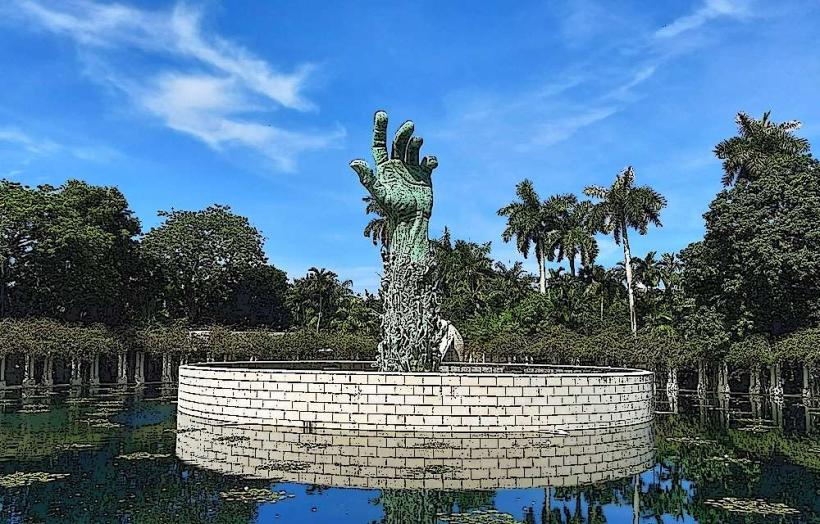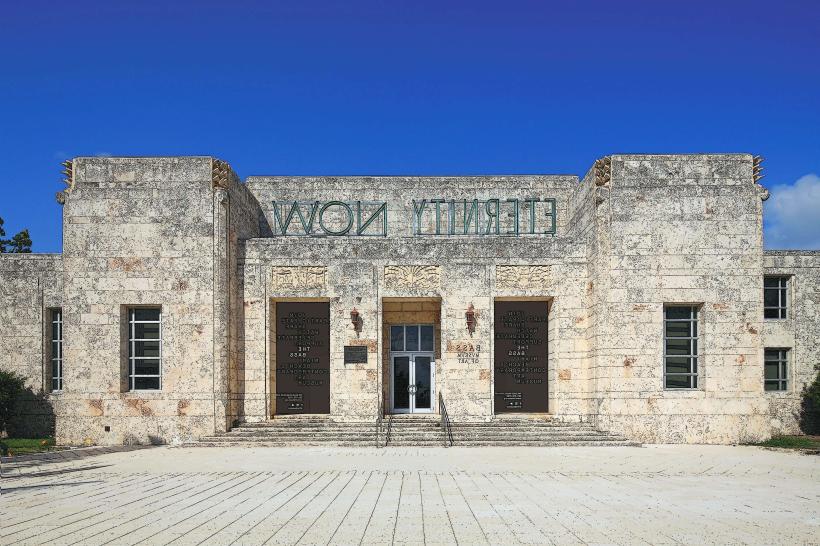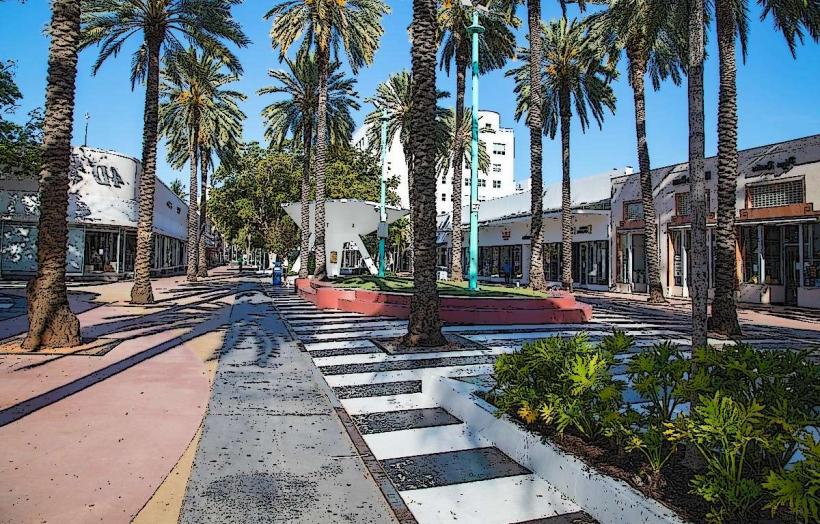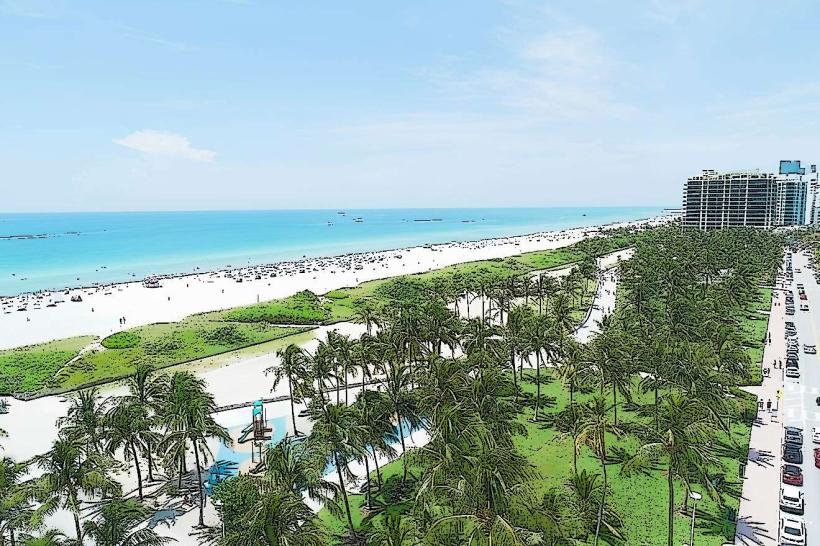Information
Country: USA FloridaContinent: North America
USA Florida, North America
Florida is a southeastern U.S. state bordered by the Atlantic Ocean to the east and the Gulf of Mexico to the west. It has a distinctive peninsula shape and a subtropical to tropical climate, depending on the region. Here's detailed information about Florida without referring to specific landmarks:
Geography and Climate
Florida has a flat topography, with the majority of its land at or near sea level. It features numerous rivers, lakes, marshes, and wetlands, particularly in the southern part of the state. The northern region is slightly hillier. The climate ranges from humid subtropical in the north and central regions to tropical in the south. Summers are hot and humid, with frequent thunderstorms, while winters are generally mild and dry.
Environment and Wildlife
Florida has diverse ecosystems including coastal dunes, estuaries, mangroves, pine flatwoods, cypress swamps, and hardwood hammocks. The state supports a wide array of wildlife such as alligators, manatees, panthers, black bears, and hundreds of bird species. Its marine biodiversity is significant due to its long coastline and warm waters.
Demographics and Population
Florida is one of the most populous states in the U.S. and has experienced rapid growth due to domestic and international migration. The population is ethnically diverse, with large Hispanic and African American communities, along with growing Caribbean and South American populations. English is the primary language, with Spanish widely spoken in many areas.
Economy
Florida has a diversified economy. Key sectors include tourism, agriculture, aerospace, international trade, healthcare, and financial services. The state produces a variety of crops, notably citrus fruits, sugarcane, tomatoes, and strawberries. It also serves as a significant hub for imports and exports due to its ports and proximity to Latin America.
Education and Institutions
Florida has a mix of public and private educational institutions, including a network of state colleges and universities. It invests heavily in education but faces challenges related to funding, teacher shortages, and performance disparities across districts. It also has a robust system of technical and vocational training programs.
Transportation and Infrastructure
The state is connected by a network of interstate highways, state roads, and rail lines. Public transportation options vary by region, with some areas offering bus and commuter rail services. Florida has several commercial airports, as well as a deepwater port system that supports cruise and cargo industries. Road congestion can be an issue in urban centers, and there is ongoing investment in infrastructure improvements.
Culture and Society
Florida has a multicultural and multilingual society influenced by Southern, Latin American, Caribbean, and Northeastern U.S. cultures. It is known for its vibrant arts, music, cuisine, and festivals. The state is also popular for retirees, resulting in a large senior population. Lifestyle and pace vary significantly between regions—urban centers are fast-paced and cosmopolitan, while rural areas retain a more traditional Southern feel.
Politics and Governance
Florida has a politically mixed landscape, often playing a crucial role in national elections. It has a history of competitive races and shifting voter demographics. The state government operates under a constitution with executive, legislative, and judicial branches. Local governance includes counties and municipalities with varying degrees of autonomy and public service provisions.
Natural Hazards
Florida is prone to hurricanes, especially during the Atlantic hurricane season from June through November. Flooding, storm surges, and high winds are common threats. The state also contends with issues like sinkholes, droughts, and coastal erosion, which impact both residents and infrastructure.



